What Is Ski Racing? A Deep Dive into the Thrilling World of Alpine Skiing
July 14, 2025 | Alpine Skiing
Ski racing is more than a sport—it’s a high-adrenaline test of speed, precision, and control on snow-covered slopes. Combining gravity-defying speeds, icy turns, and world-class athleticism, ski racing captivates fans and challenges the world’s best skiers every winter season. But what exactly is ski racing, and how does it work? Whether you’re a beginner, a fan of the Winter Olympic Games, or an aspiring racer, this guide breaks down everything you need to know about this exciting Olympic sport.
In this article, we’ll explore the different disciplines in alpine ski racing, how each race works, what gear is required, and what makes this sport such a thrilling experience to watch and compete in.
What Exactly Is Ski Racing?
Ski racing is a form of competitive skiing where racers compete to complete a downhill course in the shortest time possible. It falls under the broader umbrella of alpine skiing, governed internationally by the FIS (Fédération Internationale de Ski), the governing body for ski sports.
In ski racing, athletes must navigate a slope marked with gates—poles colored red and blue—which they must ski around. Missing a gate can lead to disqualification, so precision is just as critical as speed. Courses vary in layout, difficulty, and terrain, depending on the discipline. Ski racing is featured in major events like the World Cup, world championships, and the Winter Olympic Games, making it one of the most prestigious and physically demanding winter sports worldwide.
What Are the Main Disciplines in Alpine Ski Racing?
Ski racing is divided into several disciplines, each testing a unique combination of speed, technique, and control. These disciplines in alpine ski racing include:
- Downhill
- Super-G (Super Giant Slalom)
- Giant Slalom
- Slalom
- Alpine Combined
- Parallel Slalom (in some competitions)
Each discipline represents a different challenge. For example, downhill emphasizes maximum speed on long, steep courses, while slalom requires quick reflexes and tight turns. The alpine combined mixes different race types into one event, rewarding versatility. These ski racing disciplines are grouped into two main categories: “speed events” (downhill and super-G) and “technical events” (slalom and giant slalom).
What Happens During a Downhill Race?
Downhill skiing is the fastest and most daring discipline in ski racing. Known as a speed event, the downhill course is designed for maximum velocity and includes jumps, gliding sections, and high-speed curves.
Skiers in a downhill run can reach speeds over 130 km/h (80 mph), making it the most dangerous and exhilarating format. The course is typically the longest in any ski competition, often held on iconic slopes like Wengen’s Lauberhorn or Italy’s Bormio. The skier with the fastest single run time wins. There’s no second chance, so every second counts. Downhill demands not only excellent skiing technique but also nerves of steel and precision tuning of equipment, especially ski boots and skis designed for maximum stability.
What is Super-G in Ski Racing?
Super-G (short for Super Giant Slalom) is another speed event, but it blends high-speed sections with tighter, more technical turns than downhill. It’s a one-run event, meaning racers only get one chance to inspect and race the course.
Unlike downhill, where the course can be memorized after multiple training runs, super-g adds unpredictability, pushing skiers to adapt on the fly. Skiers have to make wide, high-speed turns through red and blue gates, often requiring a combination of downhill speed and giant slalom precision. Super-G is featured in major championship races and is often a critical part of the alpine combined event.
What Makes Giant Slalom Different?
Giant slalom (GS) is the bridge between speed events and technical events. It features more turns than super-g but fewer than slalom. The gates are set further apart than in slalom, allowing for fast, arcing turns.
Each athlete takes two runs down different piste layouts, and the combined time determines the winner. Giant slalom rewards skiing technique, balance, and rhythm. The giant slalom course often includes over 50 gates and is part of the foundation for overall ski development, making it a popular event among younger athletes. It’s also a fan favorite thanks to its visual appeal and blend of speed and skill.
How Does a Slalom Race Work?
The slalom race is the most technical and precise discipline in ski racing. The gates are set close together, requiring rapid, short-radius turns. Skiers often make up to 80 turns in one slalom run.
Because the margin for error is so small, agility, footwork, and quick reactions are critical. Athletes must train intensively on their ski boots for responsiveness and edge grip. Slalom races also consist of two runs, and the racers must qualify from the first to earn a second run. Only the top 30 skiers from the first run continue to the second heat. Missing a gate means immediate disqualification.
What is Alpine Combined and How Is It Scored?
Alpine combined, or kombi races, involve two very different runs: one speed event (either downhill or super-g) and one technical event (slalom). The combined time of both runs determines the winner.
This format tests a racer’s versatility—whether they can handle both fast descents and tight technical courses. While the alpine combined event is not as frequent in modern races, it still appears in select world championships and Olympic winter competitions. It’s a throwback to traditional alpine skiing, where the best skiers were expected to excel across all terrains.
Are There Team Events in Ski Racing?
Yes, some ski racing disciplines include team events, especially in major competitions like the World Championships or the Winter Olympic Games. These typically take the form of parallel slalom races, where racers from opposing teams ski side-by-side on mirrored courses.
The format is knockout-style—teams advance by winning head-to-head duels. Each match includes male and female skiers, encouraging team strategy and depth. Team events are exciting for fans and promote a more collaborative side of this otherwise individual sport.
What Gear Do Ski Racers Use?
High-level ski racing requires specialized gear tailored to each discipline. This includes:
- Ski boots: Stiff and precise for quick edge control
- Skis: Longer and heavier for speed events, shorter and more agile for technical events
- Helmets and back protectors: Mandatory for safety
- Race suits: Designed for aerodynamics and minimal drag
Even the smallest gear adjustments can influence a racer’s timing. That’s why professional skiers spend countless hours tuning their skis and perfecting boot fits before major races like the World Cup or Olympic Winter competitions.
How Are Ski Races Organized at the World Cup and Olympics?
The World Cup is the premier professional circuit for alpine skiing, with races held across top locations like Garmisch-Partenkirchen, Wengen, and Bormio during the ski season. Racers earn points based on their finishes, and overall champions are crowned in each discipline, as well as for combined scores.
In the Winter Olympic Games, medals are awarded in each discipline: downhill, super-G, giant slalom, slalom, and alpine combined. Athletes represent their nations, and performances often shape skiing legacies for years. Both competitions are overseen by the International Ski Federation (FIS), the governing body that sets rules, maintains standards, and promotes global development in the sport.
Conclusion
Ski racing is a dynamic and exhilarating winter sport that blends speed, precision, and technical skill. With multiple disciplines in alpine ski racing—from the high-velocity thrill of downhill to the quick turns of slalom—the sport challenges athletes in diverse ways, making it one of the most exciting events in the Winter Olympic Games and beyond. Each race tests not only a skier’s physical ability but also their mental focus, equipment, and strategy.
Whether you’re a fan, a beginner, or an aspiring ski racer, understanding the unique elements of each discipline—including super-g, giant slalom, and the alpine combined—enhances your appreciation for the sport. As ski technology advances and global competition heats up, ski racing continues to inspire with every turn down the piste, showcasing the best of human performance in snow-covered arenas around the world.
More Posts
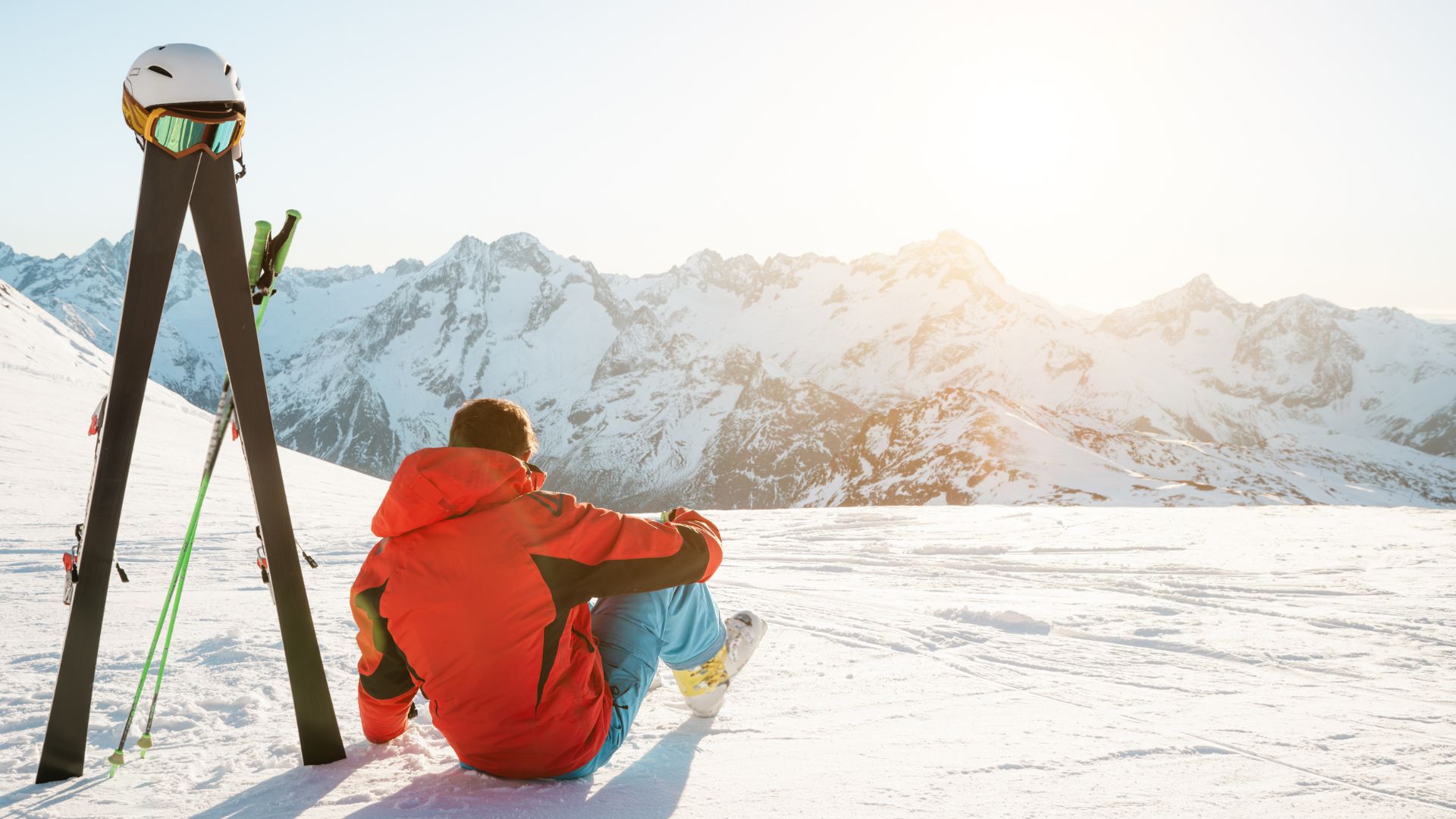
How to Avoid Altitude Sickness While Skiing
Skiing is an exhilarating winter sport, but for many, skiing at high altitude can bring...
read More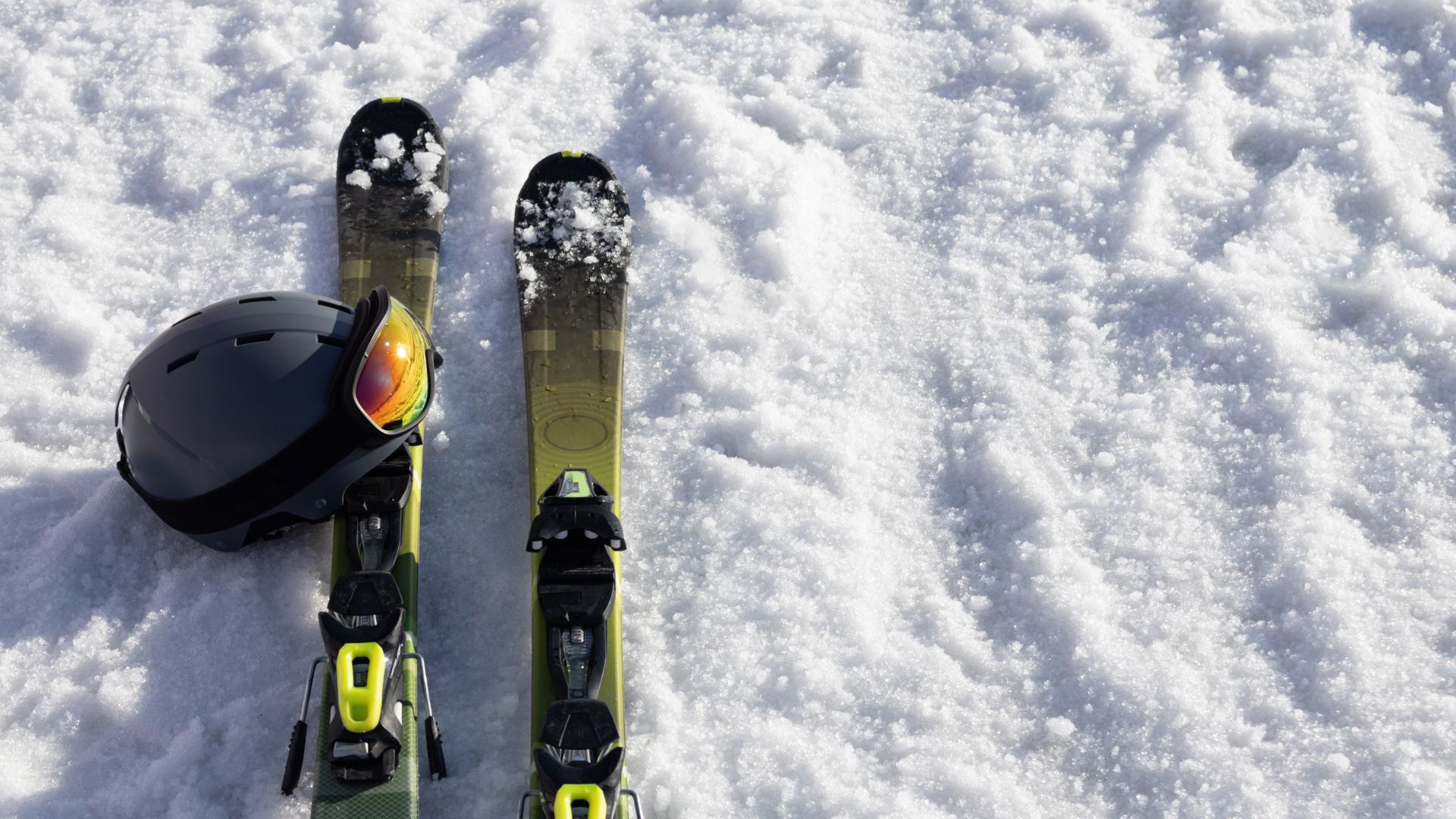
What Are the Best Skis for Beginners? A Complete Guide
If you are new to skiing, you may wonder what are the best skis for...
read More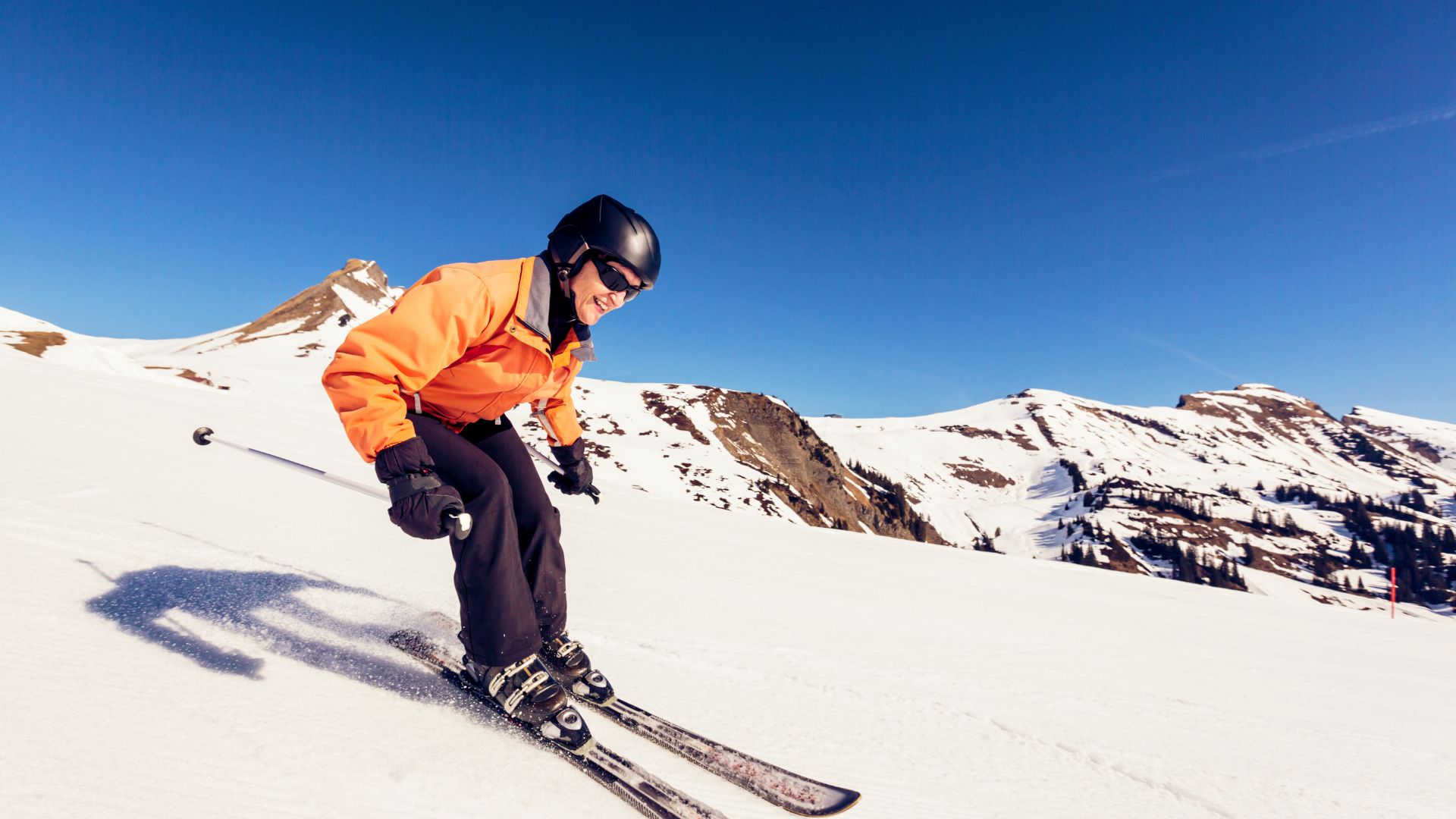
How Has Ski Technology Changed: The Evolution of Modern Skiing
Skiing has evolved immensely since its early days of wooden planks and leather straps. The...
read More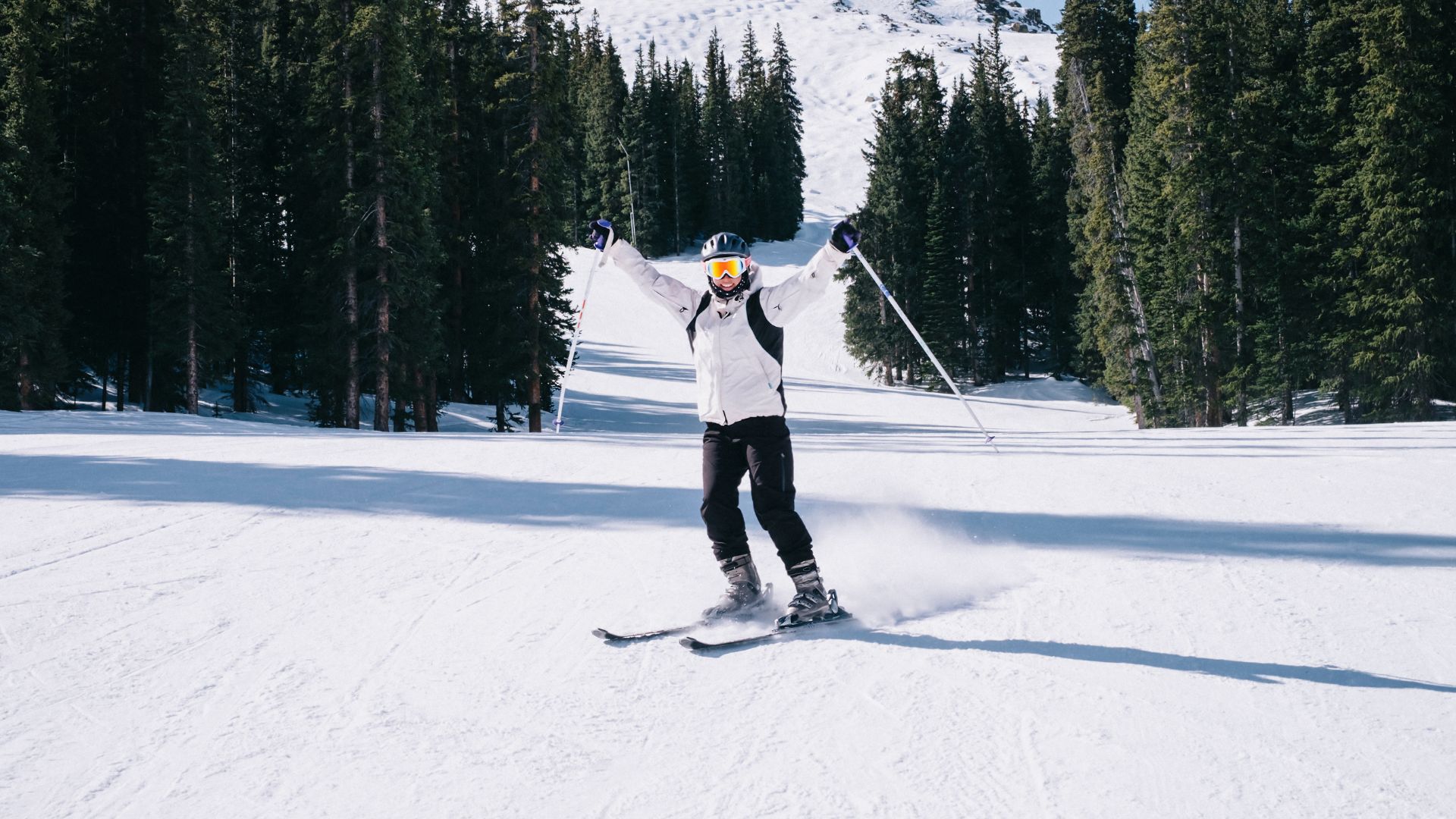
How to Improve Skiing Balance: Expert Tips for Better Control and Confidence
If you’ve ever wondered how to improve skiing balance, you’re already taking a crucial step...
read More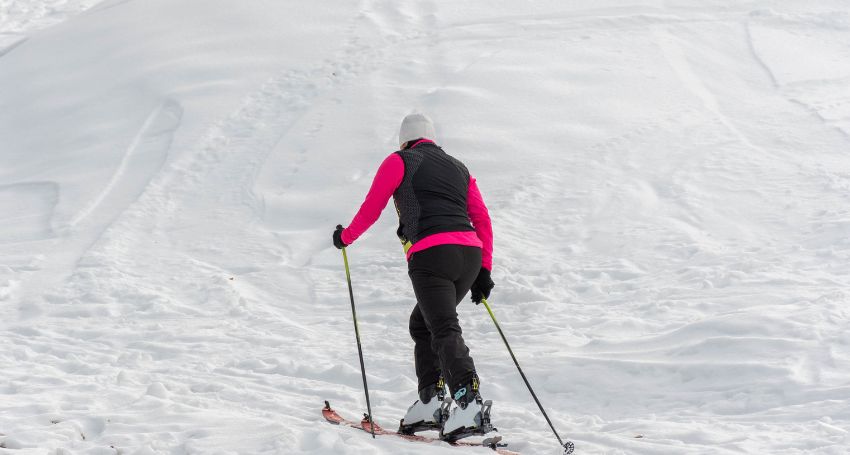
How to Parallel Ski for Beginners: A Complete Step-by-Step Guide
For many novice skiers, mastering how to parallel ski for beginners marks a major milestone...
read More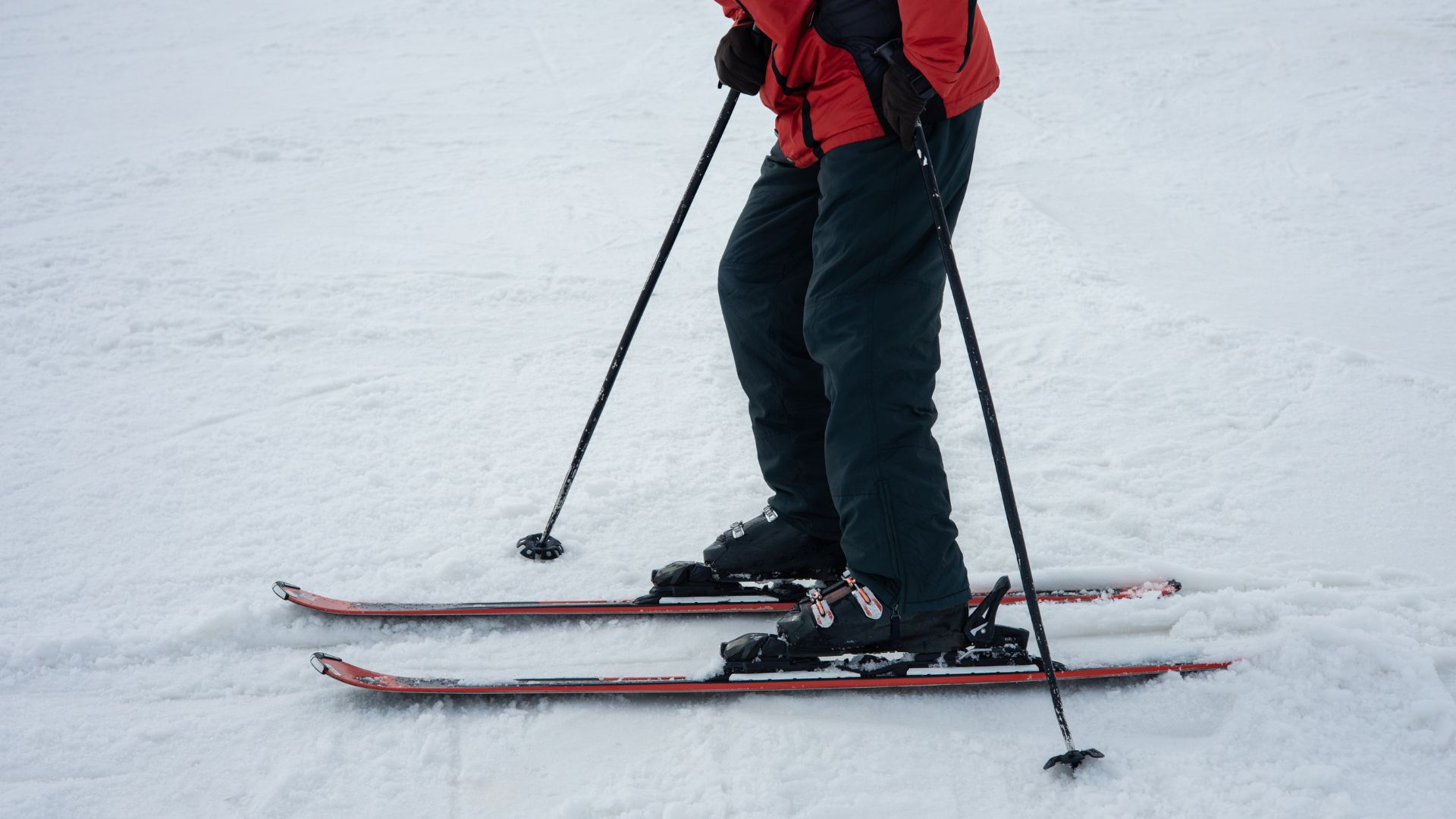
How to Parallel Ski: Master the Essential Technique
If you’ve ever admired experienced skiers gliding effortlessly down a slope, both skis perfectly aligned,...
read More